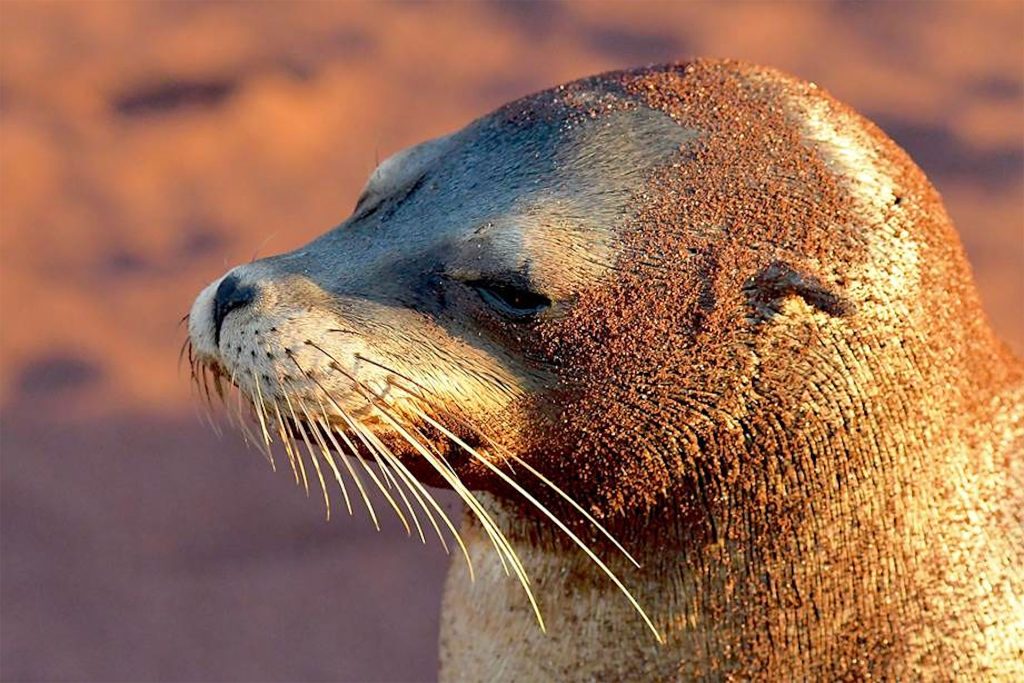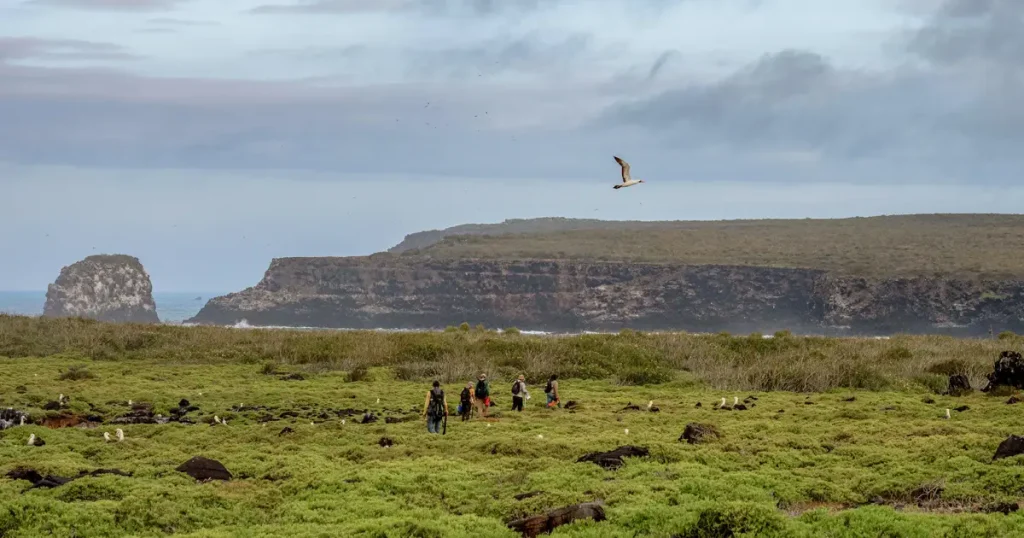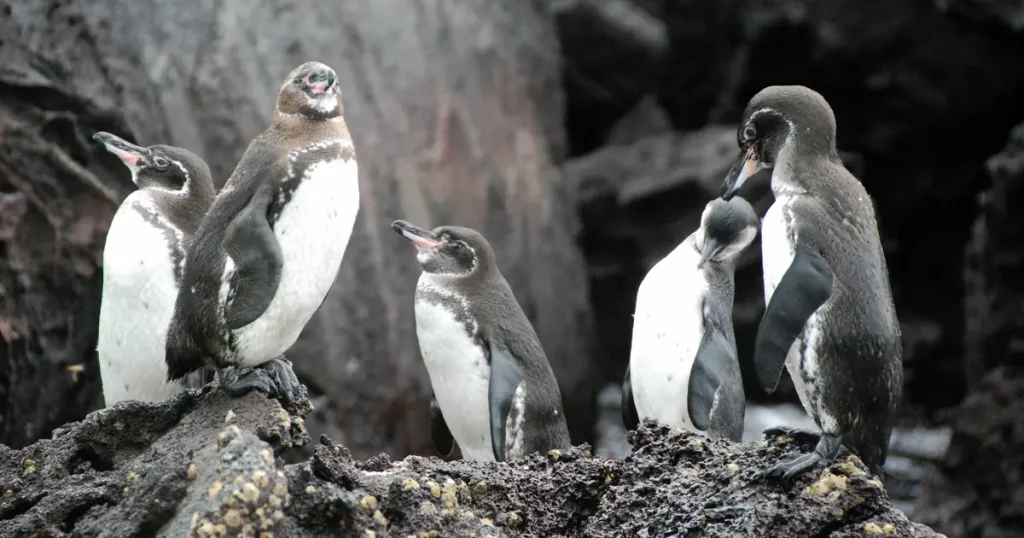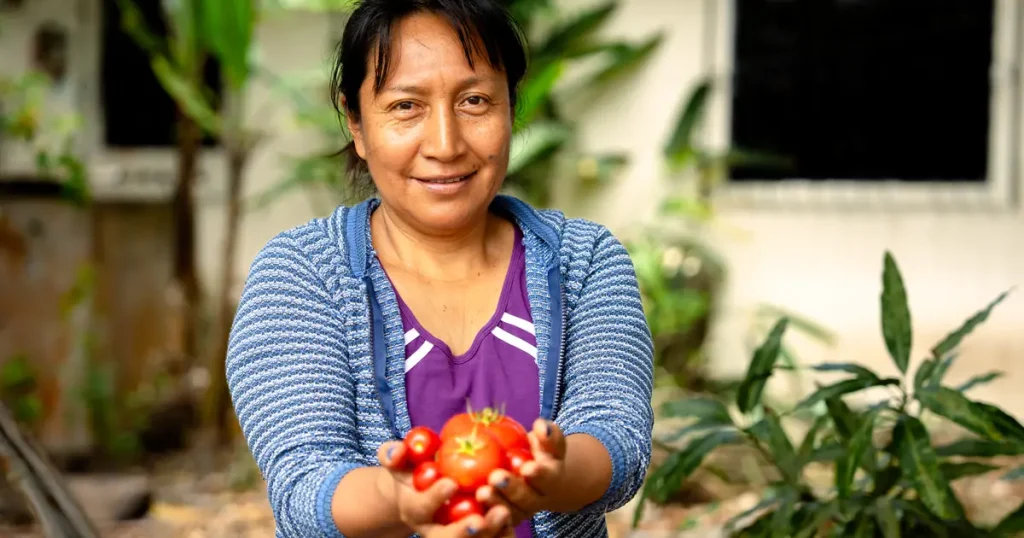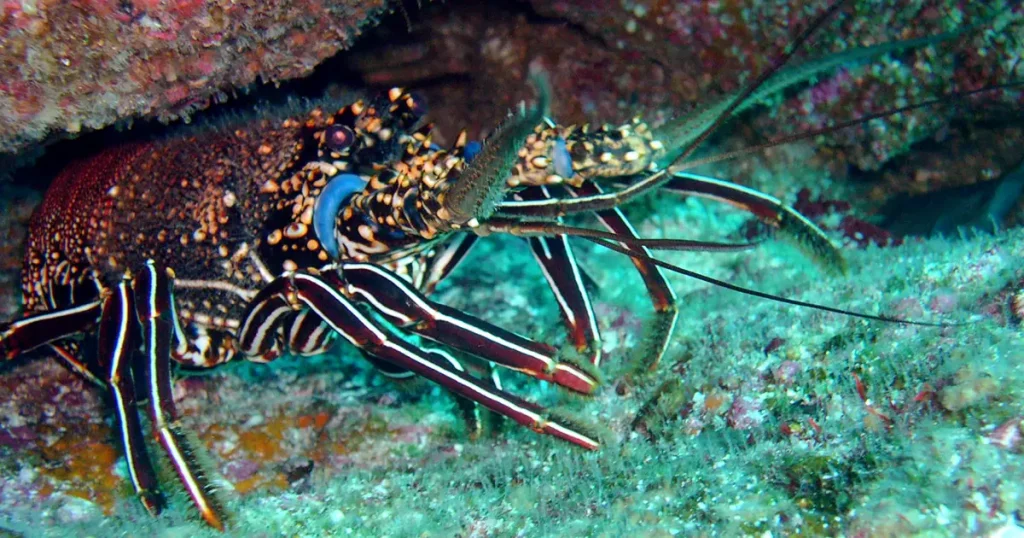Science in Action: Stable Isotope Analysis Sheds Light on Galápagos Sea Lions
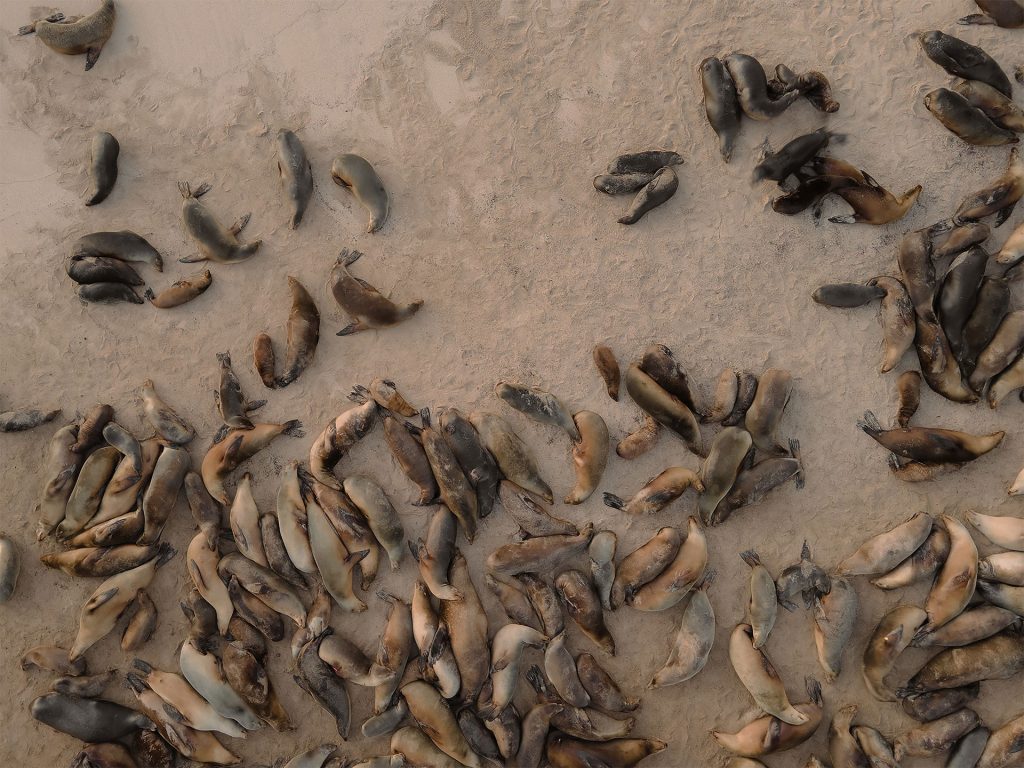
What can we uncover from a single whisker?
Scientists in Galápagos are harnessing an innovative technique to glean information about the foraging behavior of sea lions in the archipelago, leading to a greater understanding of the species’ ecology and its sensitivity to environmental change.
The technique is known as stable isotope analysis, and it involves measuring the relative abundance of different isotopes of carbon and nitrogen in an animal’s tissue. The method is based on the idea that unique signatures of these isotopes, which every species has, are also revealed in those that eat them. Along the theme of ”you are what you eat,” a smidgeon of tissue from any animal can be processed in a mass spectrometer to tell you generally what it has eaten. Moreover, akin to treering analysis, if you sample tiny bits of tissue from body parts formed at different times throughout an individual’s life, such as a whisker, you can not only tell what it generally ate but also what it specifically ate at different ages.
In the case of the Galápagos sea lion (Zalophus wollebaeki), scientists collect whisker samples from sea lion pups and then analyze the isotope ratios therein. Because these stiff, thick whiskers grow over long periods and persist for years on the muzzle of a sea lion, sectioning and sampling the whisker can give you a sense of what it ate during different ages or different times of the year.
In this manner, by plucking sea lion whiskers, researchers have used the analysis to study the foraging behavior of female sea lions during the pre-and postpartum stages. Their findings suggest that the females studied foraged in different areas and ate different prey during these two periods. In other words, sea lion mothers were eating different foods before and after giving birth to their pups.
They are also learning that sea lions eat a large variety of marine life, not just a few select fish species as previously thought, which means they can likely adapt to changing marine conditions better than others.
They have learned that a single large colony of sea lions is, in fact, made up of subgroups that consistently forage in different parts of the archipelago and eat rather different foods.
All of this information is being integrated with other data to paint a more complete picture of the behavior and resilience of the species
These analyses, all derived from a whisker, are providing scientists and conservationists with valuable insights into the foraging ecology of the Galápagos sea lion — information that the Galápagos National Park Directorate is using to develop a management plan to protect this emblematic species.
